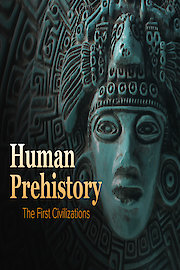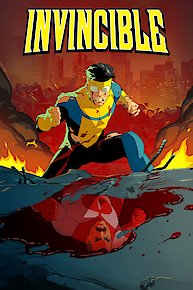
































Where do we come from? How did our ancestors settle this planet? How did the historic civilizations of the world develop? How does a past so shadowy that it has to be painstakingly reconstructed from fragmentary, largely unwritten records nonetheless make us who and what we are? This broad survey course begins with the origins of the earliest evolving humans more than 2.5 million years ago.
Human Prehistory and the First Civilizations is a series that ran for 1 seasons (32 episodes) between June 20, 2024 and on The Great Courses
-
Channel
-
Premiere DateJune 20, 2024

-
 MyFreeDIRECTV is a new free premium TV experience.
MyFreeDIRECTV is a new free premium TV experience.
-
 Enjoy a curated selection of popular free live channels and On Demand library.
Enjoy a curated selection of popular free live channels and On Demand library.
-
 Try the DIRECTV experience - All you need is the DIRECTV app.
Try the DIRECTV experience - All you need is the DIRECTV app.

 MyFreeDIRECTV is a new free premium TV experience.
MyFreeDIRECTV is a new free premium TV experience.
 Enjoy a curated selection of popular free live channels and On Demand library.
Enjoy a curated selection of popular free live channels and On Demand library.
 Try the DIRECTV experience - All you need is the DIRECTV app.
Try the DIRECTV experience - All you need is the DIRECTV app.
































